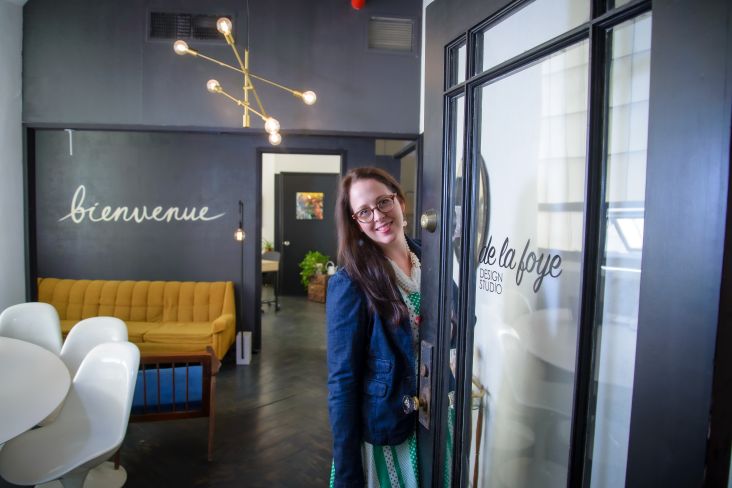Three common mistakes designers make when creating websites for clients
You can be the best coder in creation, but that doesn't always translate into success as a web designer. Many freelance web designers and web design agencies struggle because they make the same mistakes over and over again. We spoke with Matt Konarzewski of Vision Marketing to outline three of the biggest howlers.
A website is the beating heart of any business. A well-designed site can help clients grow, attract more visitors and even turn them into happy customers. Get the design wrong, though, and it can spell real trouble for your clients.
To get some insights into how to do it right, we approached Matt Konarzewski of Vision Marketing. His agency recently won a Wix Partner Award for sophisticated code deployment for its client website, Code Zero Yachts.
Read on to discover Matt's tips and see examples of Vision Marketing's great work built using Wix, layered with advanced coding.
1. Being too afraid to speak up and challenge the client
We all know that web designers succeed by pleasing their clients. But that doesn't mean following all their instructions blindly and unthinkingly. It may, on occasion, involve some pushback.
"For example, we've found that many clients just have no idea of how to craft their messaging to the public," he says. "Also, they sometimes think web design is just about making something amazing and sparkling. Instead, as we explain, it's more about moving the business forward by designing something so simple that everyone in every age group can use it and find information quickly."
The crucial thing, says Matt, is to understand your client's needs and agree about the business goal and what the venture should be about.
"Once you've done that, you can instil that trust in your client that you can deliver what they need without being micromanaged. And that means you pretty much can start coding and start designing. This approach has worked well for us, and normally we can deliver a website within two rounds of revisions. So that's a win-win for both sides."
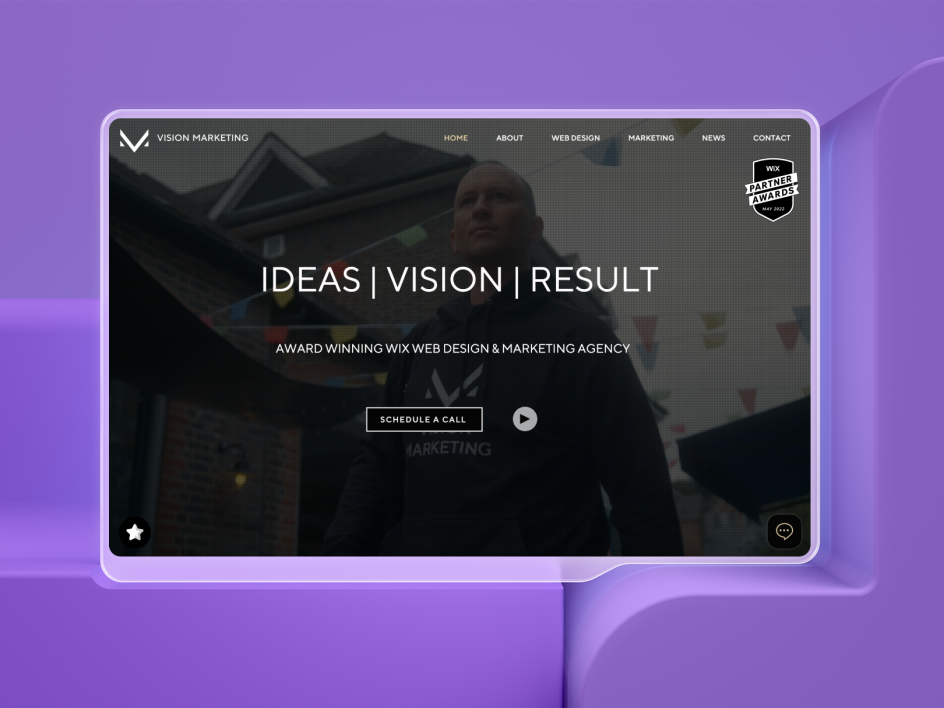
Real-world example: Code Zero Yachts
By educating the client correctly in the early stages of a project, they're more likely to give you creative control once the broad principles of the site are agreed upon. And that means you're more likely to end up with a website both you and your client are proud of.
"Those websites that attract prizes usually happen when there isn't much interference from the client's perspective," says Matt. Take, for instance, Code Zero Yachts, a site that won Vision Marketing a Wix Partner Award for sophisticated code deployment.
Code Zero Yachts is an online directory where you can search, view and book luxury yachts from around the world. It's a great example of an impactful and vibrant website, showcasing a collection of over 1,000 charters worldwide.
The Vision Marketing team created the website using the Wix platform and then layered some advanced coding over the top of it in a particularly clever way. The yacht data for the site is sourced from an external database, but rather than waiting for live external API calls for every page of data, the team built a dashboard page for the site manager to update the whole database in just one click.
This triggered event harnesses the Wix Fetch API and Wix Data API for database storage and document retrieval. And by chaining multiple API calls per yacht to consolidate data, pre-formatting all image galleries, optimising the data for search, and building the HTML used in the site's custom calendar feature, the whole operation works like a dream: fast, consistent and reliable. Because let's face it, people with the kind of spending power to charter a yacht don't want to be kept hanging around.
"We delivered the branding, we delivered the website and some coding on top of it," recalls Matt. "And the client was just like: 'Yes, I love it.' Indeed, it's normally the case that when we're given the full power – full decision making – we end up with websites people love."
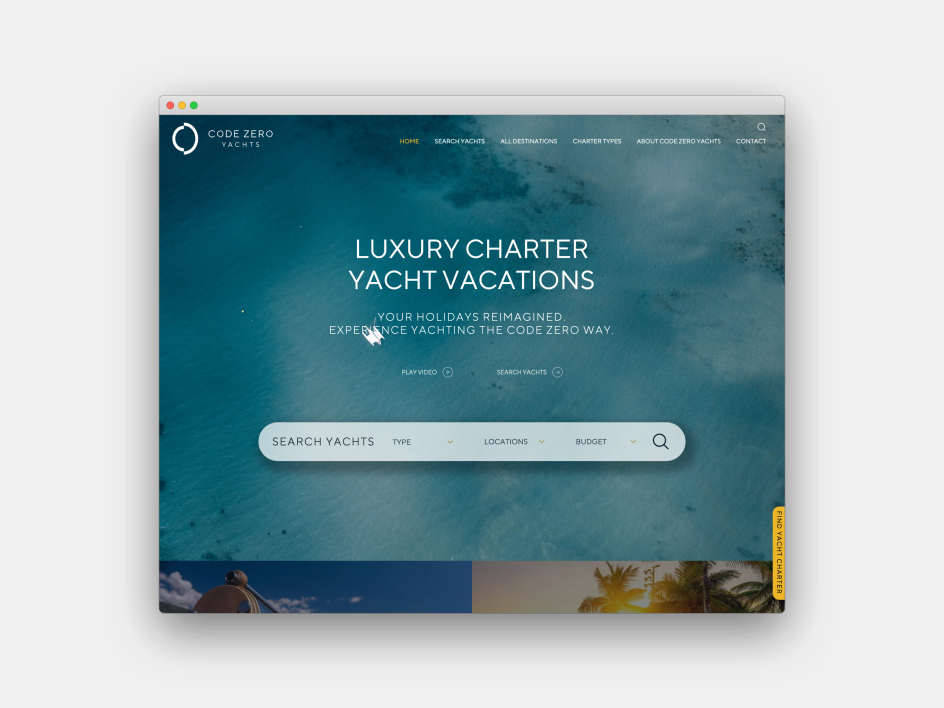
Code Zero by VISion Marketing
2. Failing to pivot fast enough
The world of web design has always been fast-moving, and those who succeed are those who don't stay unduly wedded to a single idea but are flexible enough to pivot at a moment's notice when necessary.
A famous example is how Instagram began life as an app called Burbn, dedicated to sharing photos of fine whiskeys and bourbons. Just as its founder Kevin Systrom was at a crucial seed funding stage, he noticed that generic photo apps were getting popular, but none of them had social features. So he pivoted his whole operation, Instagram was born, and the rest is history.
During the pandemic years of 2020-21, pivoting came into its own. Small businesses worldwide had to scramble to get online, and consumers needed new ways to access goods and services without leaving the house. Web designers were at the forefront of this revolution and, in many ways, were the unsung heroes of the lockdown era.
The ability to pivot is partly about mindset, but it's also about having the right tools and technologies to help you move quickly. It's all very well spending six months painstakingly hand-coding a beautiful site, but if you miss your window of opportunity doing so, you may end up wishing you'd gone a different route.
Real-world example: The Box London
The Box London is a boxing gym set up to help people of all ages and abilities gain a healthier lifestyle through boxing. Founded in 2016 by Ali J Ahmed, it prides itself on being a place where people of all abilities, genders, ages and fitness levels can attend and have a feeling of achievement and self worth.
When lockdown closed the gym, The Box London needed an online alternative, and Vision Marketing was able to build one fast. To find a solution, Vision Marketing moved the existing website to Wix and used a range of fitness-specific tools – Wix Bookings, Wix Payments and Wix Automations – that helped the customers of The Box London quickly join and pay for the classes with minimum administration involved.
"Within one week, we managed to provide The Box London with a solution where they could do online classes with bookings and payments," says Matt. "And they were in business: it was a real 'wow' moment!"
The team created a secure boxing trainer website with a class schedule and online booking system. The website allows clients to sign up for single classes, book personal training sessions or become members without making an appointment, and for The Box London to confirm their classes/memberships. In addition, the website is connected to their mailing system so that clients can be notified of schedule updates, news and events through email.
It all stands testimony to the power of the positive pivot. "We weren't just sitting there and saying, 'It's the pandemic, it's awful'," says Matt. "We were more like, 'Oh, what if we did this? What if we did that?' And when it worked for year one, then year two, they remained in business."
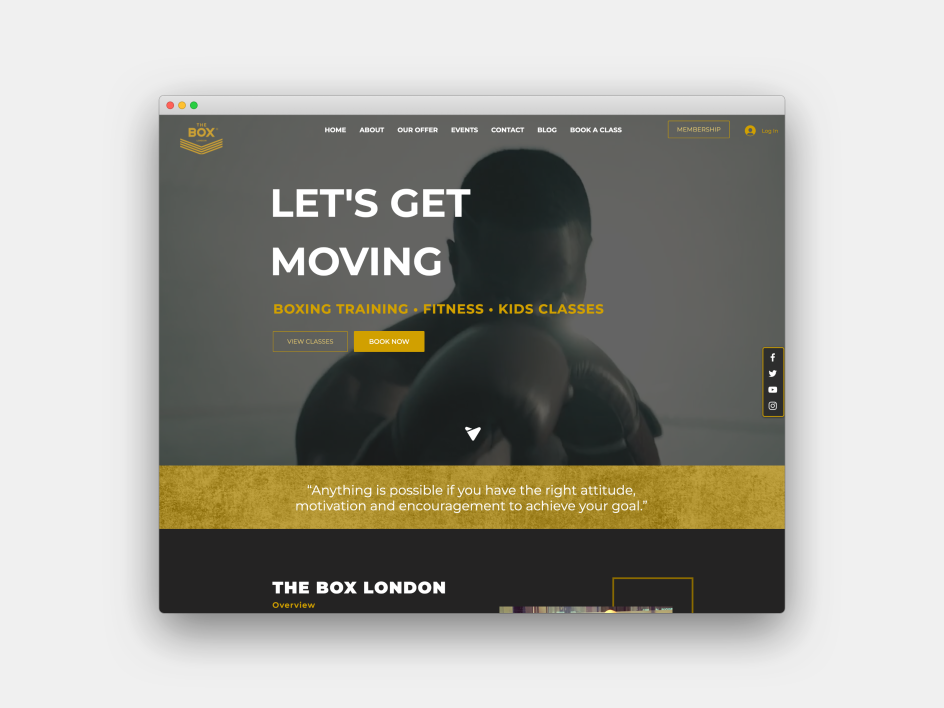
The Box London by VISion Marketing
3. Not using the best tools (for the wrong reasons)
Most of us have had the experience of doing DIY and realising we were making life hard for ourselves because we weren't using the best tool for the job. So it's surprising that so many web designers don't carry that principle through to their own day jobs and instead choose to shun modern design tools for cumbersome hand-coding methods.
That said, Matt believes more and more designers are discovering that web design tools can save them time, money and frustration. "There was a time when I was embarrassed to say I used web design tools," he says. "But options used to be pretty basic back then. Today, it's incredible how advanced design platforms have become.
"I've been using Wix for six years, and I haven't looked back," he continues. "We've designed some cracking websites for top agency owners in the UK, and even big agencies such as The Capture are asking us to design websites for them on Wix as a specific requirement.
"So any reluctance to use new tools is quickly disappearing because people realise they no longer have to wait five months for a website, and they don't have to deal with developers who put obstacles in their way every time they ask to make a small change to the site."
Real-world example: Whitehill & Bordon Community Trust
Whitehill & Bordon Community Trust is a local charity in Whitehill & Bordon, Hampshire, that works to bring the community together and improve people's quality of life. They needed a digital space to communicate updates and enable the community to learn about the Trust, its history and its members.
Built by Vision Marketing using Wix, the website makes information easy to find, which is crucial for an organisation that needs to reach the entire community, not just the digitally savvy. While it's colourful and attractive and includes a couple of nice parallax scrolling effects, it's not overly flashy because that's not what a community website needs. The focus here is on making communications clear, concise and two-way, and Vision Marketing has done an excellent job of delivering for this local charity.
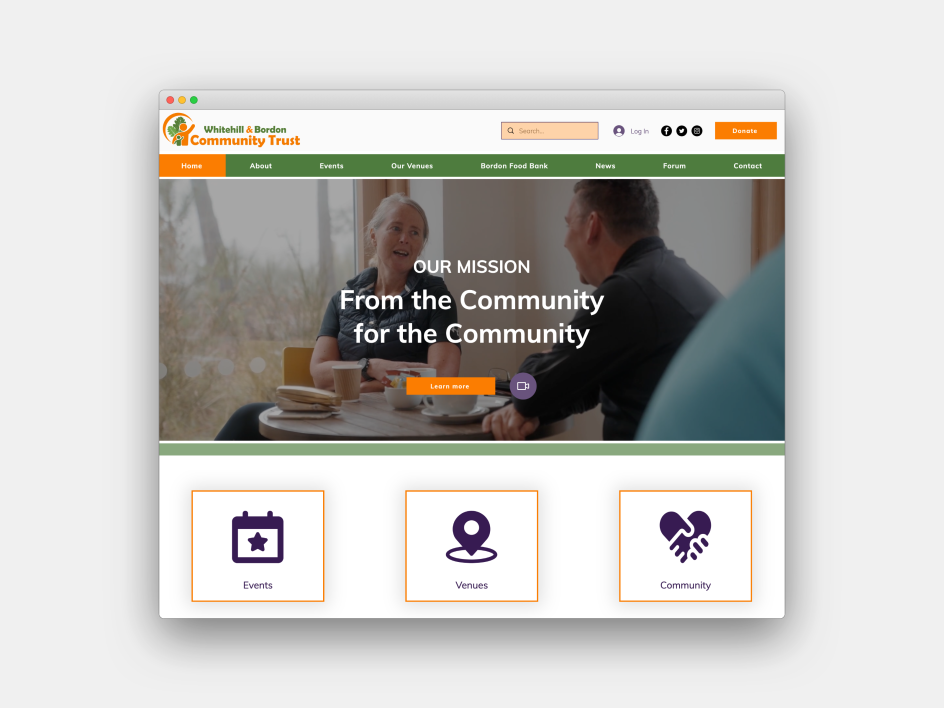
Whitehill & Bordon Community Trust by VISion Marketing





















](https://www.creativeboom.com/upload/articles/73/73525133a665ac6ea2a38e7fc620047d0e715f23_732.jpg)


